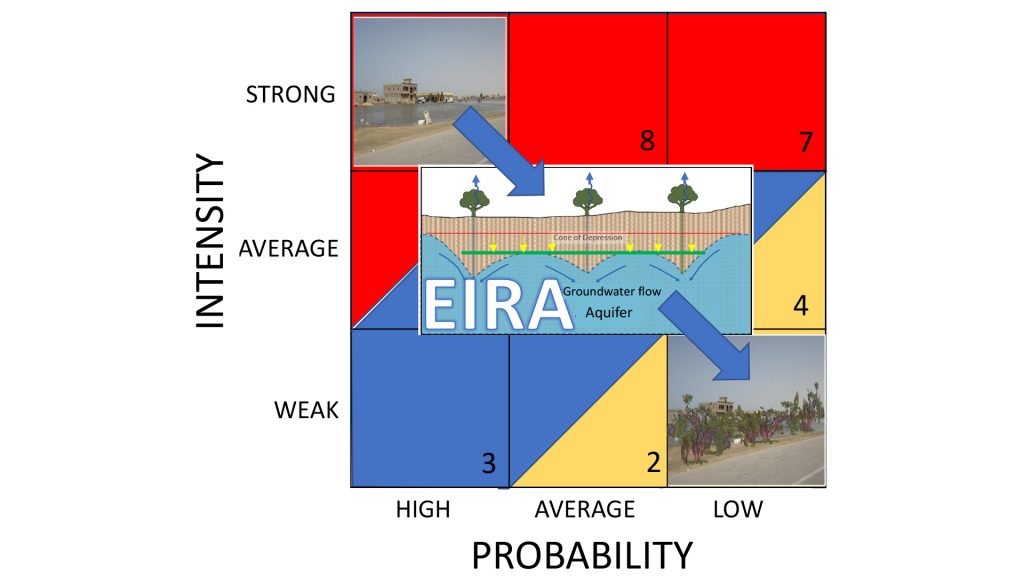Enhancing Infrastructure Resilience to flooding using Afforestation: the case of Nouakchott city, Mauritania

Summary
Socio-economic development of Nouakchott city (Mauritania) is limited by flood-related damage during the rainy season, whose frequency intensifies because of massive urban growth, shallowing groundwater table caused by urban water uses, and ongoing climate-related changes. We propose afforestation as a sustainable approach to increasing resilience to flooding, whereby the trees work as natural pumps to lower the groundwater table in critical flooding-prone areas. To test this hypothesis, we will: 1) analyse existing groundwater and land cover data, 2) measure and understand plant transpiration from brackish water, 3) build a ground-surface water model of the whole urban area, and 4) use the model to investigate the efficiency of different afforestation strategies in increasing flooding resilience across scales. Several scenarios will be explored, including changes in precipitation magnitude and frequency. Enhanced flood resilience by infrastructure, people, and habitats will be quantified by designing flood risk maps for long-term afforestation, thus complying with Sustainable Development Goals such as water and health, water security and equality, and integrated urban and rural development. This project builds on across-school expertise in ecohydrology, hydraulic modelling, plant physiology, remote sensing, urban ecology, and landscape architecture. As such, EIRA is supported by the ENAC Territories Data Platform, the Excellence in Africa (EXAF) initiative, the Habitat Research Centre (HRC), the Urban and Regional Planning Community (CEAT), national and international partners besides key local stakeholders. Conceived for science and the people, this project will help reduce the risk of flooding and also advantage the long-term economic development of the country.
General information
- PIs: Paolo Perona (PL LCH / IIC) and Charlotte Grossiord (PERL / IIE)
- Team members: Emmanuel Dubois
- Start date: 01.10.2022
- Duration: 18 months